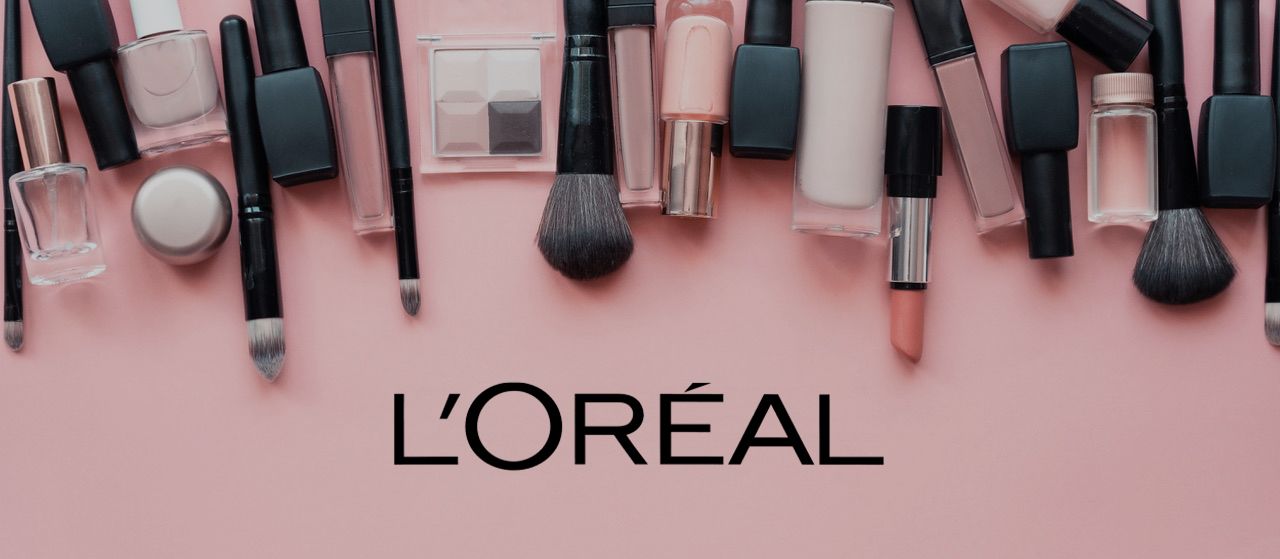Charles Besson, Global Social Insights & AI Director en L'Oréal, y Fabrice Henry, Socio Director en Artefact, discuten cómo L'Oréal Trend Detection, desplegado con Artefact's AI trend detection solution, está prediciendo qué productos cosméticos van a querer los consumidores mañana.
Reto para L'Oréal: predecir las nuevas tendencias antes que la competencia
L'Oréal es el líder mundial de la belleza Compañia, presente en 150 países, que ofrece una rica cartera de marcas icónicas para cada tipo de consumidor. El programa socialmente responsable de Compañia, Sharing Beauty With Al, se dedica a dar forma al futuro de la belleza a través de importantes innovaciones de productos sostenibles.
afirma Charles Besson, Global Social Insights & AI Director de L'Oréal.
L'Oréal dispone de grandes herramientas para la innovación de productos: un departamento de Prospective Consumer Intelligence, un departamento Digital, un departamento de TI. Su último programa, la aceleradora L'Oréal Beauty Tech, permite a Compañia seleccionar los productos innovadores más prometedores para su incubación y aceleración. Pero, ¿cómo convertir a L'Oréal en el número uno mundial de la tecnología de la belleza Compañia? se pregunta Charles:
Tras consultar con varias empresas, eligió Artefact para construir la máquina de sus sueños.
La solución de L'Oréal: una cocreación capaz de prever las nuevas tendencias de consumo
El ambicioso proyecto de L'Oréal necesitaba ir un paso más allá con la tecnología AI , en comparación con los modelos tradicionales de investigación de mercado. Ahí es donde Artefact aprovechó su avanzada experiencia en marketing digital y la ciencia de data para ayudar a L'Oréal a detectar y predecir las nuevas tendencias que surgen en el espacio digital. Porque descubrir lo que quieren los consumidores -casi antes de que sepan que lo quieren- es el Santo Grial que busca todo profesional del marketing.
Desarrollar una solución de predicción de tendencias innovadora y fiable fue un reto para el equipo del proyecto. En cuanto empezaron a pensar, se dieron cuenta de que seguir a los influencers no era la solución.
explica Fabrice Henry, socio director de Artefact.
Así que profundizamos y formulamos preguntas ascendentes para averiguar dónde se originan las tendencias y cómo se propagan. Una vez que nace una tendencia, ¿cómo se propaga? ¿Se propaga de forma diferente según la geografía o la comunidad? ¿Cuáles son las grandes fuentes (YouTube, blogs, Instagram, Facebook, etc.) de las que se puede extraer ? - de las que se puede extraer data para entrenar algoritmos?
El proyecto co-creado por L'Oréal y Artefact se basó en tres factores clave de éxito: el co-desarrollo de una solución centrada en los empleados, la validación de la solución a través de un MVP (Producto Mínimo Viable) antes de la ampliación, y una fuerte colaboración basada en la confianza, un elemento vital cuando se comparte información sensible con sus socios.
Resultados del proyecto de L'Oréal Trend Detection
Este proyecto es una máquina de inteligencia predictiva con tres componentes principales:

 CASOS DE CLIENTES
CASOS DE CLIENTES





